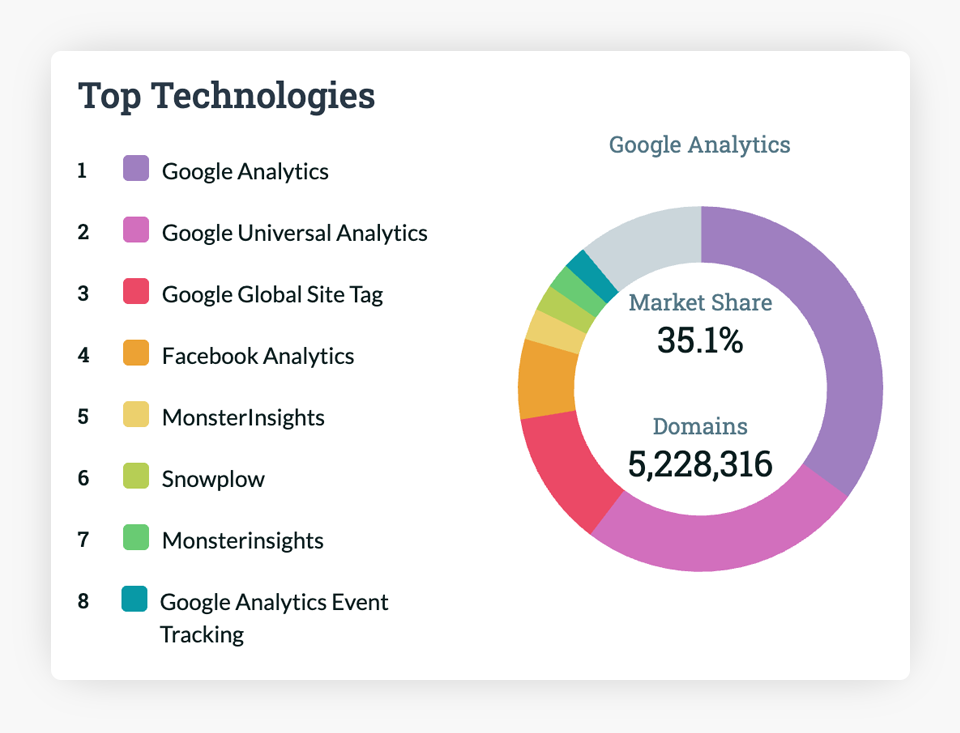Aixuze Insights
Explore the latest trends and insights on diverse topics.
Google Analytics Secrets You Wish You Knew Earlier
Unlock the hidden gems of Google Analytics and supercharge your data skills with secrets that will change your marketing game forever!
Unlocking Hidden Insights: Google Analytics Features You Didn't Know Existed
Google Analytics is a powerful tool that offers a wealth of data, but many users only scratch the surface of what it can provide. One of the hidden insights lies in the Attribution Reports. These reports can help you understand how different channels contribute to conversions. By navigating to Conversions > Attribution, you can access various models that show the customer journey across your marketing efforts. For a deeper dive into how this works, check out Google's Attribution Help Center.
Another underutilized feature is Custom Segments. With these, you can isolate specific groups of users based on their behavior, demographics, or sessions. This allows for personalized analysis and identifying trends within your audience that may not be apparent in the overall data. To create a custom segment, go to your report, click on Add Segment, and customize it based on your criteria. For further reading on how to create effective segments, refer to Google Analytics Demo Account.

The Ultimate Guide to Google Analytics: Tips and Tricks for Beginners
Google Analytics is an essential tool for anyone looking to enhance their website's performance and understand their audience better. As a beginner, one of the first things you should do is familiarize yourself with the dashboard, which displays crucial metrics such as sessions, bounce rate, and average session duration. To get the most out of these insights, consider setting up custom goals that align with your business objectives. This way, you can measure conversion rates effectively and track user behavior tailored to your needs.
Another valuable tip is to utilize real-time reporting. This feature allows you to see how many users are currently active on your site, what pages they are visiting, and where they are coming from. You can access this with just a click on the Real-Time section of Google Analytics. Additionally, don’t forget to link your Google Analytics account to Google Search Console. This integration provides deeper insights into how your site performs in organic searches, making it easier to identify growth opportunities.
Is Your Website Underperforming? Discover Google Analytics Metrics You Shouldn't Ignore
If you suspect that your website is underperforming, one of the first steps to take is to delve into your Google Analytics data. This powerful tool offers a plethora of metrics that can help pinpoint the issues affecting your site’s performance. Among these, Bounce Rate is crucial; a high bounce rate may indicate that visitors are not finding the content engaging or relevant. Additionally, monitoring Average Session Duration can reveal how long users are interacting with your site, thus indicating the quality of your content and user experience.
Another vital metric to consider is Traffic Sources, which shows where your visitors are coming from. Distinguishing between organic, direct, referral, and social traffic helps you understand the effectiveness of your marketing efforts. Lastly, keep an eye on your Conversion Rate, as this metric reflects how well your site is persuading visitors to take desired actions, such as signing up for a newsletter or making a purchase. Ignoring these key metrics may cost you not only visitors but also potential revenue.